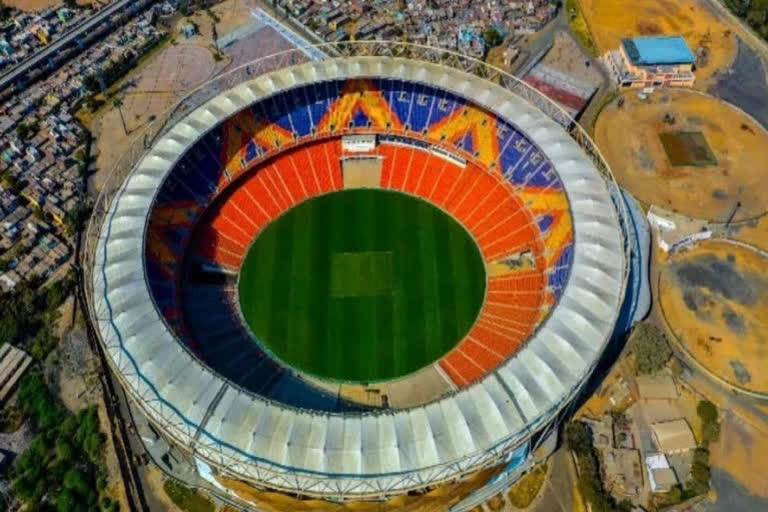Hyderabad: Motera stadium is now become the largest cricket stadium in the world after surpassing Melbourne Cricket Ground (MCG). Located in Sabarmati, Ahmedabad, the Motera Stadium is being inaugurated by President Ram Nath Kovind on Wednesday as the ground hosts the third Test match between India and England.
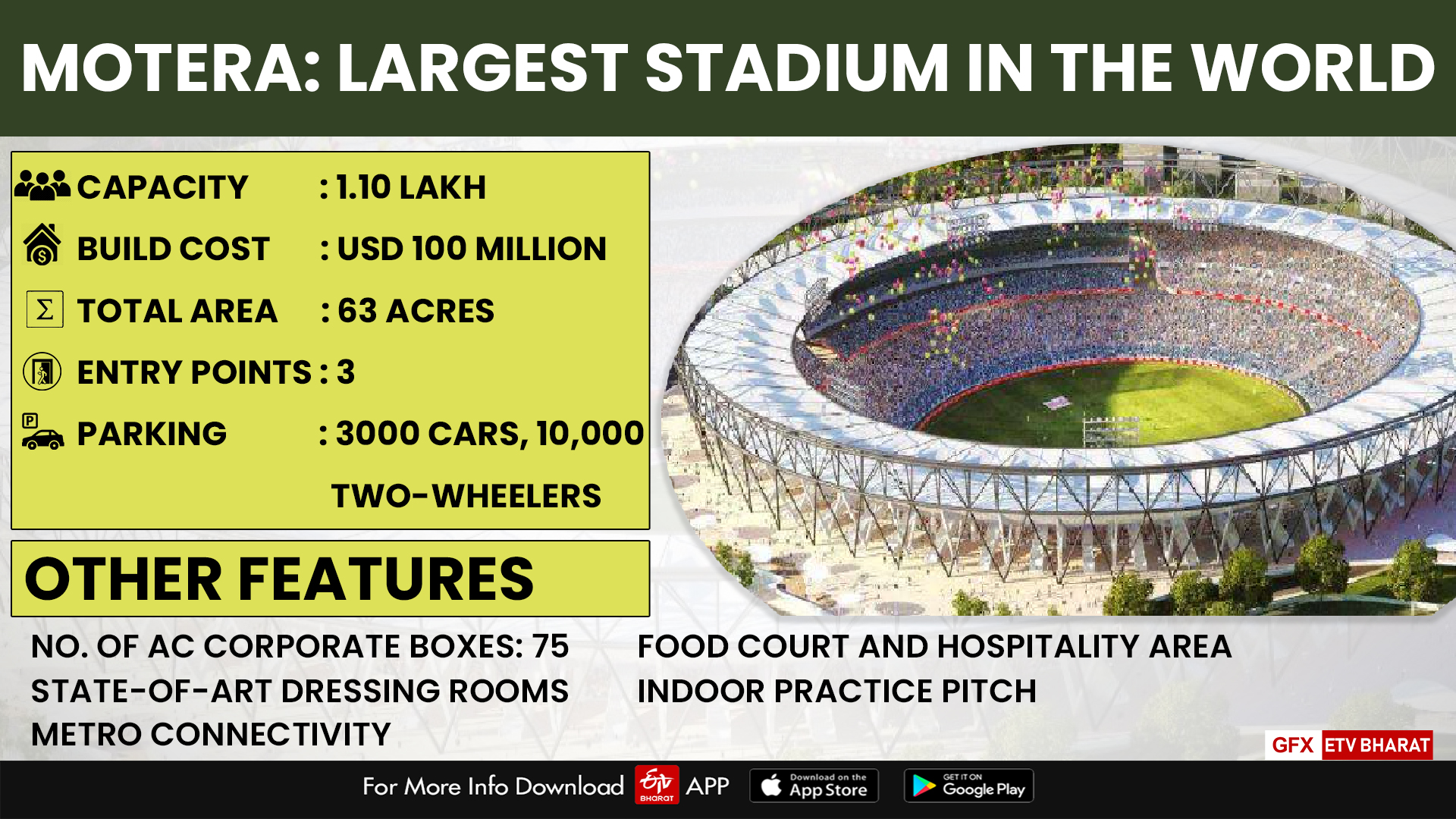
The massive stadium will not only put Ahmedabad on the map of cricketing landmarks world over but also has potential to bolster other sports like football, hockey, basketball, kabaddi, boxing, lawn tennis, athletic track, squash, billiards, badminton and swimming.
Here are some interesting facts and details about the Motera stadium:
Also read: Motera not only largest, but one of the best stadiums in world: Rijiju
- According to the Gujarat cricket officials, the new Motera stadium is a dream project of Prime Minister Narendra Modi.
- The stadium was originally named as the Gujarat Stadium, but was later changed to Sardar Patel Stadium as a tribute to the legendary freedom fighter.Seating structure in Motera Stadium
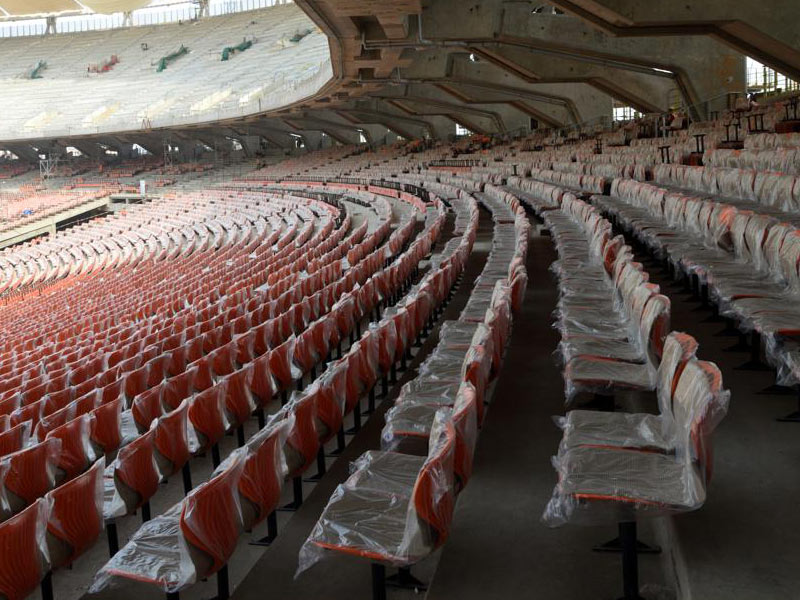
- According to BCCI, once completed, Motera Stadium will become the world's largest cricket stadium having a seating capacity of 1,10,000 which is 10,000 more than Australia's MCG.
- Overall, Motera stadium will be the second largest stadium in the world. The Rungrado May Day Stadium in Pyongyang, North Korea, is the world’s largest stadium with a seating capacity of 114,000.
Also read: Watch | Adelaide collapse an experience, not a scar: Virat Kohli
COST & DESIGN
- Overall renovation of the stadium, which is spread across 63 acres of land, will cost around Rs 8 billion as the older structure was completely demolished.
- Gujarat Cricket Association (GCA) roped in principal architect Populous, project management consultant STUP Consultants and developer L&T, to redevelop the stadium.View from the stands
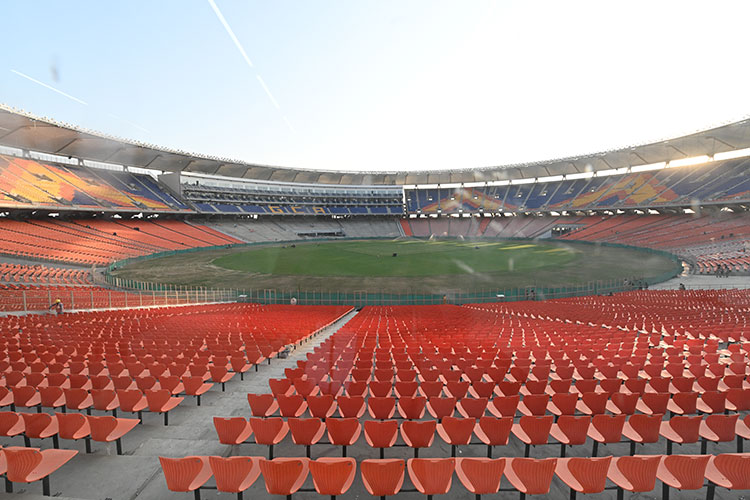
The stadium has been designed in such way that it eliminates the need for pillars, thus it will provide spectators with an unobstructed view of the entire field from any place in the stadium.
- A unique feature of the stadium is the LED lights on the roof instead of the usual floodlights at cricket grounds. This is the first of its kind design in India.
- The LED lights are installed on an anti-bacterial, fire proof canopy with PTFE membrane.LED lights on the roof of the stadium
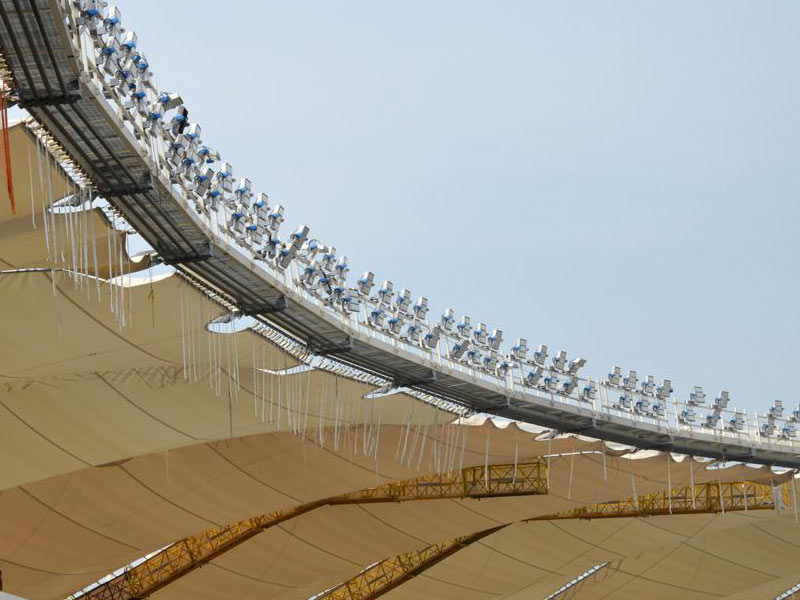
- The roof of the stadium has been specifically designed to be lightweight and separate from the seating bowls in order to allow for movement in times of seismic activity, making it fairly earthquake resistant.
- The Motera Stadium will also have a huge ramp designed to facilitate movement of around 60,000 people simultaneously.
- The stadium design has been done in a way where patrons will fill the lower levels of the ground for smaller events, which will help maintain the crowd atmosphere despite the colossal stadium not being full.
- Mumbai based Commercial Kitchen Consultants "Span Asia" were hired to work with Populous and L&T on all the F&B Related areas such as the Concession Counters, Main Stadium Kitchens, Player Kitchens, VIP/VVIP Boxes, Corporate Boxes, Press & Media Boxes, Pantries, GCA Club and Related areas.
FACILITIES
- The Sardar Vallabhbhai Patel Stadium will have a main cricket ground along with two smaller cricket grounds, 75 air-conditioned corporate boxes and a club house for GCA members.
- The stadium will also boast of four dressing rooms with world-class facilities and separate team meeting rooms.
- Outside of the main ground, the stadium will be able to accommodate several other features, including an olympic sized swimming pool, indoor cricket academy, badminton and tennis courts, squash arena, table tennis area, 3D projector theatre and a clubhouse with three practice grounds and 55 rooms in the club house.
- The stadium will also consist of restaurants, gymnasium and party area.
- The Motera stadium will house stands having separate facilities for the disabled.
- Against a single entry point earlier, the redeveloped stadium will now have three entry points.
- In future, one of the main entry points will be supplemented by a metro rail station that is under construction currently.
HISTORY OF THE STADIUM
- The Sardar Patel stadium came into existence after the Gujarat government donated 100 acres of land on the banks of the Sabarmati river in 1982.
- The stadium was originally designed by famous architect Shashi Prabhu and its construction work was completed within nine months.File image of Shashi Prabhu

- The Motera stadium witnessed its first big renovation in 2006 ahead of Champions Trophy when three new pitches and a new outfield was laid.
- The first ever match by the stadium was an ODI between India and Australia in 1984.Yuvraj Singh celebrates after hitting winning run against Australia in 2011 World Cup quarterfinal
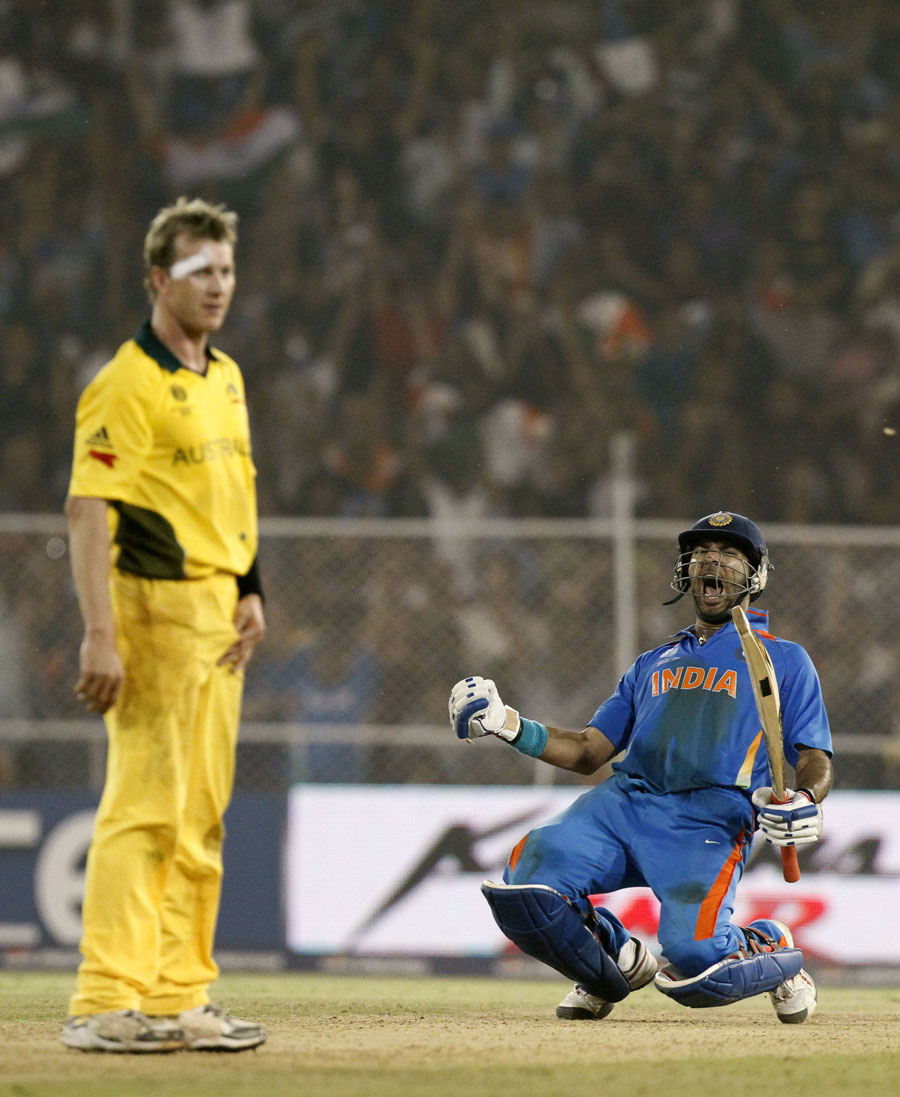
- India's win against Australia in the 2011 World Cup Q/F, courtesy Yuvraj Singh, was one of the best moment for the crowd in this stadium.
MILESTONES ACHIEVED AT THE SARDAR PATEL STADIUM
- Sunil Gavaskar became the first player to score 10,000 Test runs in 1986–87 against Pakistan at this stadium.
- Kapil Dev, who bagged 9 wickets in an innings in the first Test match on this ground in 1983-84, surpassed Sir Richard Hadlee’s record by picking his 432nd Test wicket thus becoming the highest wicket-taker in Test cricket at that time.
- Batting maestro Sachin Tendulkar scored his first Test Match double-hundred at this ground in a match against New Zealand In October 1999. He also reached the landmark of 30,000 runs in International cricket during the same game.
- It was at this venue that Sachin became the first-ever cricketer to score 18,000 runs in One day cricket in a match against Australia during 2011 Cricket World Cup.
- AB de Villiers registered his first double-hundred against India during the second test of South Africa's tour to India in 2008.
Also read: IND vs ENG, 3rd Test: Floodlights at Motera Stadium programmed to help sighting in twilight period
